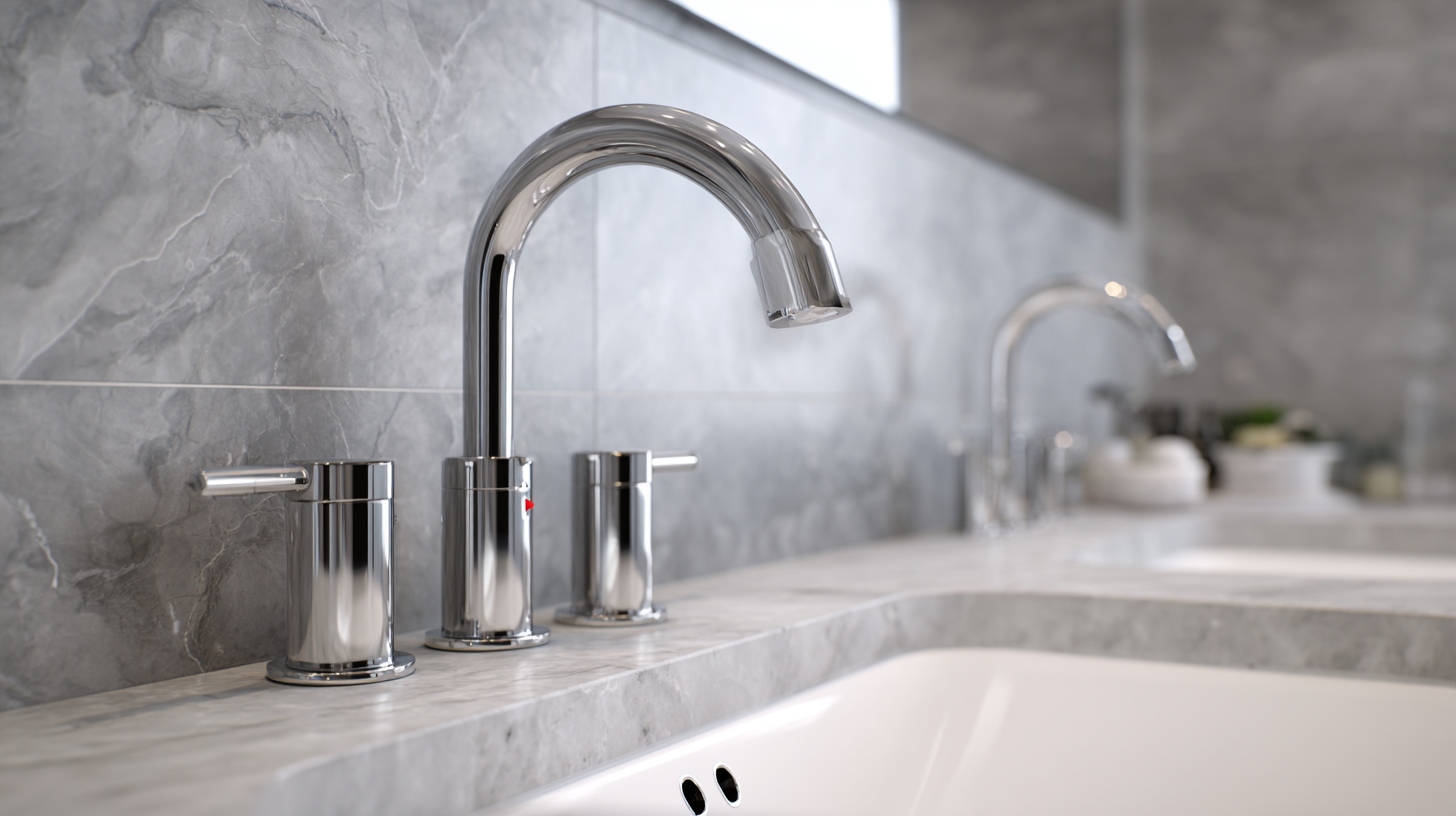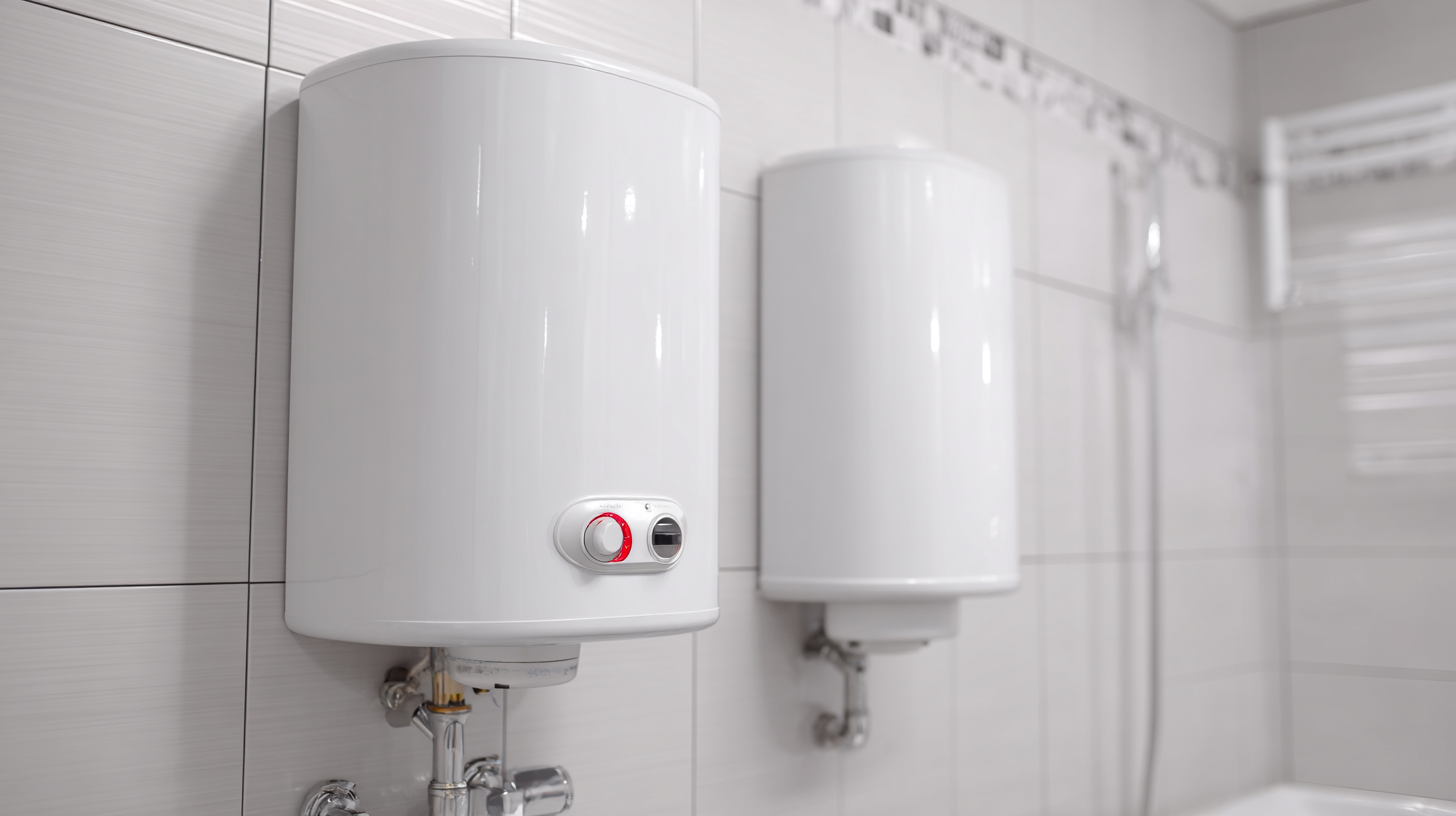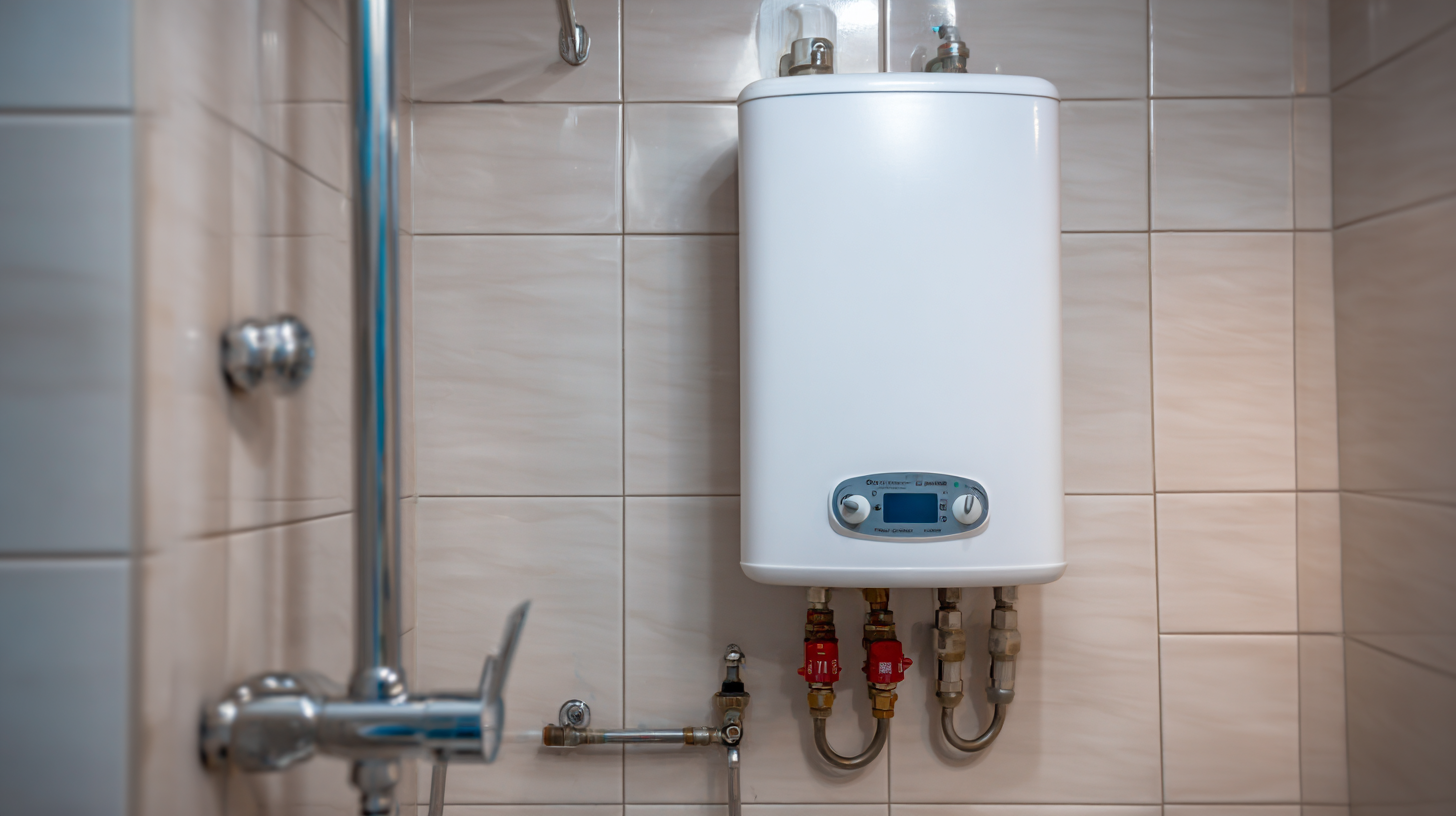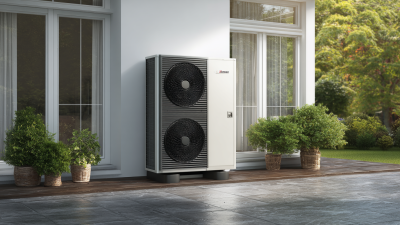Leave Your Message
When it comes to modern home conveniences, few appliances are as essential as instant electric water heaters. These innovative systems provide on-demand hot water, ensuring that households can enjoy a steady supply for cooking, bathing, and cleaning without the waiting time associated with traditional storage heaters. This ultimate guide aims to help homeowners navigate the myriad of options available in the market to find the perfect instant electric water heater tailored to their unique needs.
Choosing the right instant electric water heater involves understanding various factors, including usage patterns, energy efficiency, and the specific requirements of your home. With advancements in technology, the choices can be overwhelming, making it crucial to grasp the key features and benefits of different models. This guide will explore the top-rated instant electric water heaters, highlighting their capabilities and pros and cons, so you can make an informed decision that enhances your home's comfort and efficiency.
Whether you are renovating your current space or building a new home, selecting the right instant electric water heater can significantly impact your daily life. By considering aspects such as installation, maintenance, and cost, you'll be better equipped to choose an appliance that not only meets your expectations but also aligns with your lifestyle. Dive into this comprehensive guide to uncover the best options that are available, ensuring a seamless supply of hot water whenever you need it.

When selecting an instant electric water heater for your home, several key factors must be taken into consideration to ensure you make the right choice. Firstly, the capacity of the unit is critical; it should match your household's hot water needs. Assess how many fixtures will be used simultaneously—such as showers, sinks, and appliances—to determine the appropriate flow rate in gallons per minute (GPM) for your household. A higher GPM is essential for larger families or homes with higher hot water demand.

Another important aspect to consider is the energy efficiency of the water heater. Look for models with a high energy factor (EF) rating, as these units can provide considerable savings on your energy bills over time. Additionally, it’s vital to check the warranty and customer support offered by the manufacturer. A reliable warranty ensures peace of mind, while excellent customer service can aid in troubleshooting issues that may arise post-installation. By paying attention to these factors, you can confidently choose an instant electric water heater that will meet your home's needs efficiently and effectively.
When choosing an instant electric water heater, it is essential to understand the different types available in the market. Primarily, these heaters can be classified into two categories: point-of-use (POU) and whole-house systems. Point-of-use heaters are compact units that can be installed near specific fixtures, such as sinks or showers, providing on-demand hot water without the wait time associated with traditional tanks. According to a report by the U.S. Department of Energy, POU systems can reduce water waste by delivering hot water directly to the point of use, making them an efficient choice for smaller homes or specific applications.

On the other hand, whole-house instant electric water heaters are designed to supply hot water for the entire home. These units typically have higher flow rates, ranging from 2 to 5 gallons per minute, capable of servicing multiple appliances simultaneously. A study by the Energy Saving Trust indicates that switching to a whole-house instant water heater can lead to significant energy savings, with households reporting reductions of up to 30% in energy consumption. Each type of water heater has its unique advantages, and understanding these distinctions will help homeowners make an informed decision based on their specific needs and usage patterns.
When selecting an instant electric water heater, it's crucial to consider the varying options available in the market. According to the latest industry report by IBISWorld, the residential water heater market in the U.S. alone is projected to reach $5.8 billion by 2025, indicating strong growth and innovation in this sector. The top five brands—Rinnai, Stiebel Eltron, Bosch, Rheem, and EcoSmart—offer diverse features catering to different household needs.
Rinnai, for instance, is renowned for its energy efficiency and compact design, making it a favorite among eco-conscious homeowners. The brand boasts a range of models that can deliver up to 9.8 GPM, making them suitable for larger families. On the other hand, Stiebel Eltron’s Tempra series is celebrated for its technology, featuring advanced flow control that ensures a steady temperature, which is critical during peak usage times. With reports indicating that approximately 70% of consumers prioritize energy efficiency in their purchasing decisions, selecting a heater from one of these top brands aligns with current trends in sustainability and cost-effectiveness.
When it comes to installing an instant electric water heater, efficiency and proper maintenance are crucial for optimal performance. According to a report by the U.S. Department of Energy, water heating accounts for about 18% of the energy consumed in homes, highlighting the importance of choosing a high-efficiency model and ensuring it is installed correctly. Key installation tips include ensuring adequate electrical supply and proper plumbing connections to prevent future leaks or failures. Engaging a certified professional not only guarantees adherence to local codes but also improves the unit's longevity and efficiency.
Routine maintenance is another vital aspect of water heater ownership that often goes overlooked. A study from the Appliance Standards Awareness Project found that regular maintenance can enhance efficiency by 10-20%. Homeowners should perform tasks such as flushing the tank yearly to remove sediment build-up, checking the thermostat settings, and inspecting for leaks or corrosion. By committing to these maintenance practices, you not only prolong the lifespan of your water heater but also save on energy bills in the long run, making it a worthwhile investment for any household.
| Feature | Description | Considerations | Maintenance Tips |
|---|---|---|---|
| Power Rating | Typically measured in kilowatts (kW) to determine heating capacity. | Choose based on your household needs and peak usage. | Regularly check wiring and connections for safety. |
| Flow Rate | Measured in liters per minute (LPM), indicating the volume of water heated per minute. | Ensure it meets your requirements based on the number of outlets used simultaneously. | Flush the system periodically to prevent scaling. |
| Energy Efficiency | A measure of how effectively the heater converts energy into hot water. | Look for models with high energy ratings to save on bills. | Check for insulation leaks and consider periodic energy audits. |
| Installation Type | Can be wall-mounted or installed under sinks, affecting space requirements. | Assess available space and plumbing configuration before purchasing. | Ensure proper clearance for maintenance access during installation. |
| Safety Features | Includes overheat protection, flow sensors, and pressure relief valves. | Look for built-in safety mechanisms for added peace of mind. | Test safety features regularly to ensure functionality. |
Calculating your home's hot water demand is essential for selecting the right instant electric water heater. Start by determining the peak usage times in your household, such as the morning rush for showers or the evening when multiple appliances may be running simultaneously. Identify the fixtures that will need hot water during these times, including sinks, showers, and washing machines. Quantify the flow rates of these fixtures—typically measured in gallons per minute (GPM)—to understand how much hot water is needed at peak demand.
Next, add up the total flow rates of all fixtures that might be used concurrently. For example, if you have two showers (each requiring 2 GPM) and a kitchen sink (1.5 GPM), your peak demand would be 5.5 GPM. With this figure, you can then assess the specifications of various instant electric water heaters to ensure they can meet your calculated demand. Remember, losing even a small amount of hot water can lead to discomfort, so it’s crucial to choose a heater that comfortably exceeds your peak usage calculations, ensuring a reliable supply for your household's needs.






